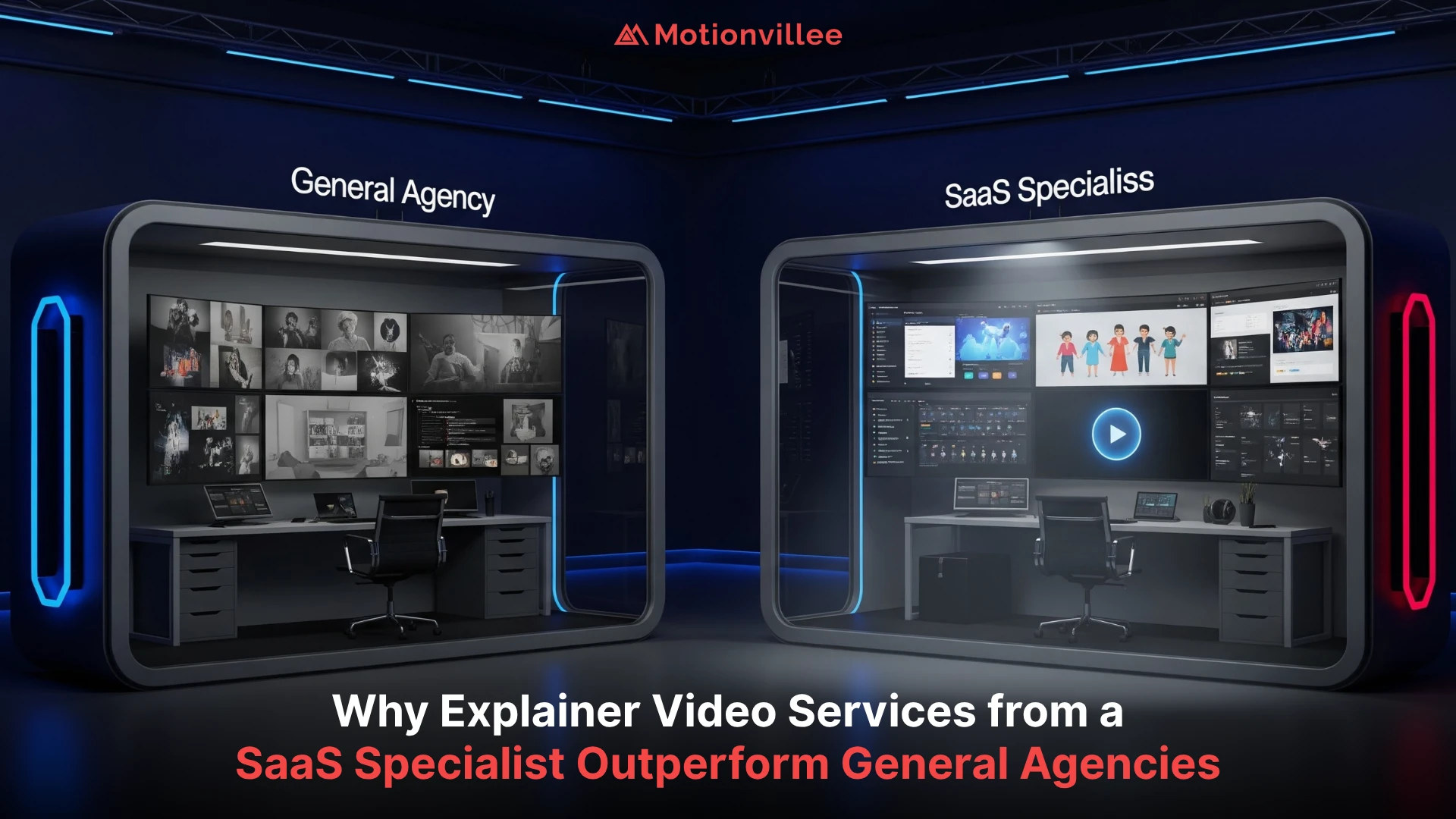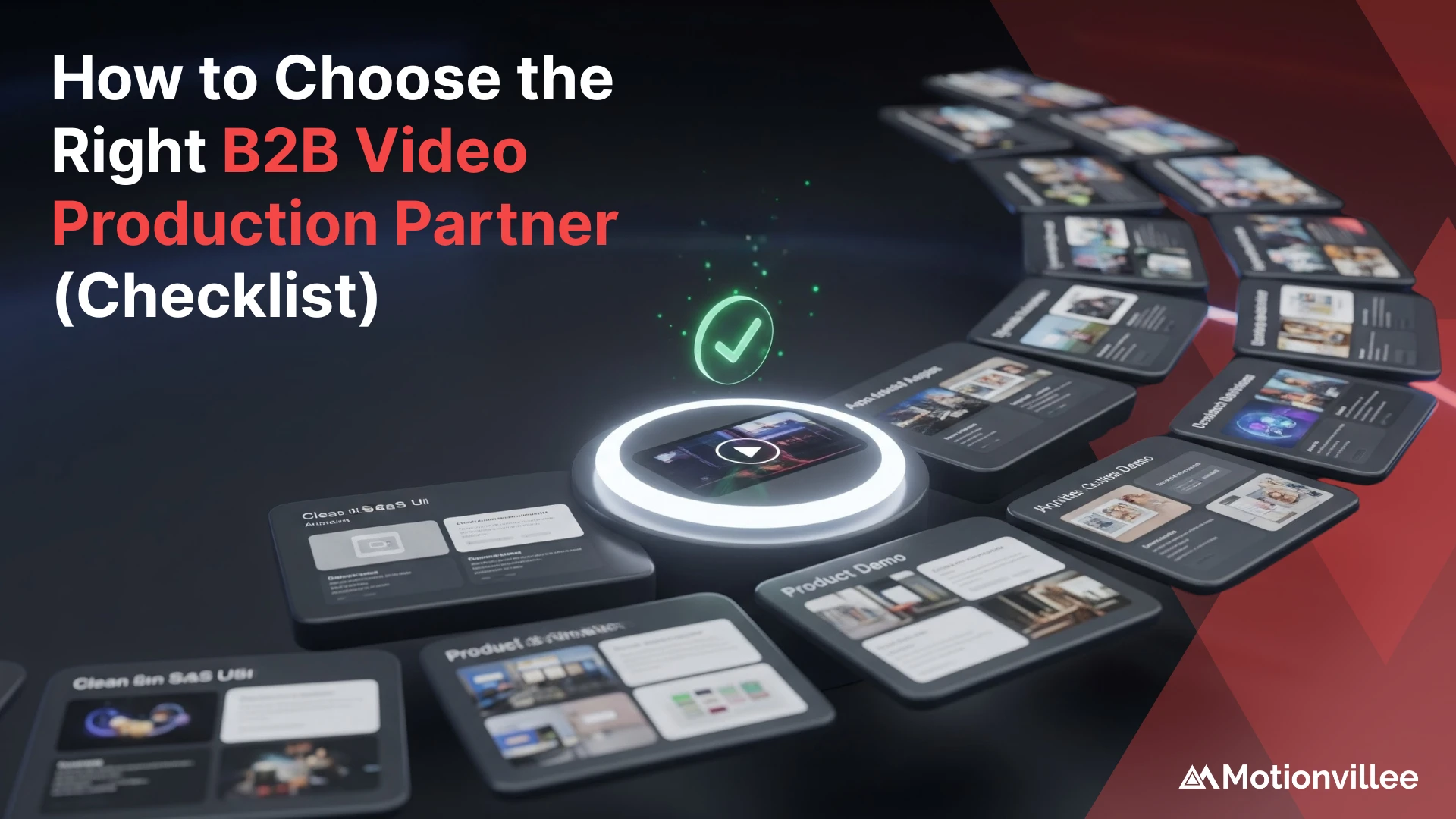To put it succinctly, video analytics is the ability to convey meaningful information from digital video. There has been a lot of interest generated in this area because of its varied applications in the real world. Facial recognition, smart parking, licence plate recognition, counting people at events, etc. can be considered as some of its applications. It uses mathematical algorithms to get these insights. Video analytics software also has the ability to comprehend from historical data, helps make predictions based on trends and pattern analysis which inspires you to make smarter business decisions. As an animated video company, Motionvillee has added video analytics to its repertoire.
The Video Analytics Market records a CAGR of 28.89% over the forecast period between 2019 and 2024. It is widely believed that the retail and surveillance industries are expected to play a huge role in making this number a reality. Forbes says that spending on smart home surveillance cameras is expected to reach 9.7 billion USD by 2023. This spurt in the sales is expected to drive the growth for the video analytics industry. While there is a lot of difference in video analytics and the workings of an animated explainer video production company, some of the basic principles when it comes to videos are the same.
Why is video analytics revolutionary?
Before this, people had to sit and view hundreds and hundreds of hours of data. There was no room for error but there is no guarantee about that since it can become exhausting and tiring for the average human being to sit through videos for such a long time. Technology progressed and we were blessed with live data feeds that were collected from different sources, even these needed to be managed by people who had to sit in front of the videos to observe. In short, surveillance was a tiring work that used to employ people who needed to work different shifts across the clock. Video analytics eliminates the need for human surveillance and it also does a good job of assessing the present data as well as being able to predict trends.
How effective is it?
Also called as video content analysis, it does a terrific job when it comes to mundane activities that are repetitive. Machines are known to revel in such situations because they don’t get tired nor are they susceptible to make mistakes. Before video analytics came into existence, surveillance footage needed to be viewed by humans again which led to errors. But with video analytics, there is hardly any scope for error. The ramifications are huge and its applications will only increase as the industry matures.
Different tasks that a video analytics software does:
Classifying images:
There is a predetermined set of categories that the surveillance camera might want you to capture. It could be people, cars, bikes, etc. Based on the category selected, the camera chooses those items alone and sends across the data.
Locating:
The video analytics software is also highly capable of locating a specific object in an image. It usually does this by drawing a box around the object.
Detection:
The video analytics software has the capability to locate and categorize an object in any given image. The advantages of being able to detect items by locating and categorizing them are aplenty in surveillance, policing, traffic monitoring, crime detection, and so on.
Object identification:
Imagine being able to identify all the instances from a target object? That’s exactly what a video analytics software can do. This will have deep implications in the field of surveillance.
Object tracking:
As if locating and detecting an object in motion wasn’t impressive enough, the video analytics software also has the ability to track objects in motion.
If you are looking for an animated explainer video production company that has the capabilities to do video analytics, get on a call with the team at Motionvillee.
Central Processing vs Edge Processing:
The video analytics software can either be run centrally from servers that are located near the monitoring stations or can be embedded in the cameras. But there has been an increase in hybrid solutions as well which has increased the efficacy of video analytics. It is also possible to configure the software so that only the data that we are looking for, like suspicious events, or the number of people, is sent to the server over the network instead of the entire stream of data so that the network traffic can be reduced.
Applications of video analytics:
- It is used in analyzing threats, recognizing, and monitoring purposes.
- The retail sector uses it for making heatmaps based on customer movements and also to plan the store’s operations based on the footfall.
- Perimeter protection solutions which are used to detect any suspect activity uses thermal cameras with built-in video analytics software.
- Suspicious person and abandoned object detection in stadiums, airports, railway stations, etc.
- The retail industry uses video analytics to measure footfalls in the store. It helps them plan promotions, adjust the employee roster, and so on.
- It is also used in object tracking.
- Video analytics can be used to control traffic by monitoring vehicle density.
- Special Incidence Detection which uses videos from CCTV cameras to detect road accidents, road conditions, breakdown of vehicles, and so on.
- When used in traffic cameras, it can be used to detect someone who is running a red light, wrong-way and illegal turns.
- They are used widely in healthcare especially for theft, infant abduction, and drug invasions.
Conclusion:
Video analytics can completely change the way many industries work. It can help reduce the time, save on man-hours and effort with its applications. The best part about this is that the data is reliable and it can be used in real-world uses. Video analytics exists today because of the ample research on machine intelligence, pattern analysis and computer vision. Analytics will empower a slew of new generation smart video devices, cameras, video recorders and servers.
The data that you get from video analytics is extremely impressive. Imagine adding audio, image analysis software, metadata search, data from IoT devices such as parking, smoke detectors, smartphones, etc, the use-cases you can derive from these would be mind-blowing.






